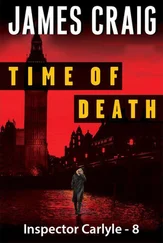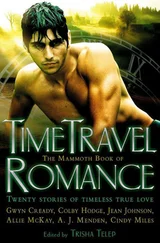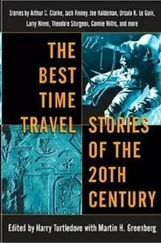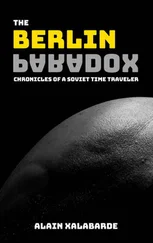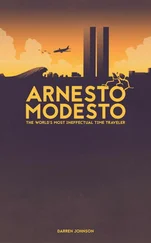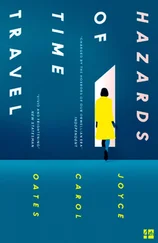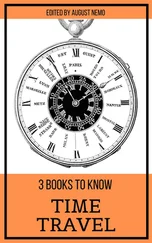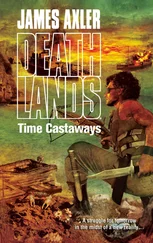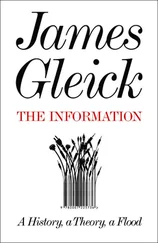James Gleick - Time Travel
Здесь есть возможность читать онлайн «James Gleick - Time Travel» — ознакомительный отрывок электронной книги совершенно бесплатно, а после прочтения отрывка купить полную версию. В некоторых случаях можно слушать аудио, скачать через торрент в формате fb2 и присутствует краткое содержание. Год выпуска: 2016, Издательство: Knopf Doubleday Publishing Group, Жанр: Старинная литература, на английском языке. Описание произведения, (предисловие) а так же отзывы посетителей доступны на портале библиотеки ЛибКат.
- Название:Time Travel
- Автор:
- Издательство:Knopf Doubleday Publishing Group
- Жанр:
- Год:2016
- ISBN:нет данных
- Рейтинг книги:5 / 5. Голосов: 1
-
Избранное:Добавить в избранное
- Отзывы:
-
Ваша оценка:
- 100
- 1
- 2
- 3
- 4
- 5
Time Travel: краткое содержание, описание и аннотация
Предлагаем к чтению аннотацию, описание, краткое содержание или предисловие (зависит от того, что написал сам автор книги «Time Travel»). Если вы не нашли необходимую информацию о книге — напишите в комментариях, мы постараемся отыскать её.
Time Travel — читать онлайн ознакомительный отрывок
Ниже представлен текст книги, разбитый по страницам. Система сохранения места последней прочитанной страницы, позволяет с удобством читать онлайн бесплатно книгу «Time Travel», без необходимости каждый раз заново искать на чём Вы остановились. Поставьте закладку, и сможете в любой момент перейти на страницу, на которой закончили чтение.
Интервал:
Закладка:
It was found in 1985 when the Tate Britain (as it had become) did some remodeling. The message remains, preserved on film, in the gallery’s archive.
If time capsulists are enacting reverse archeology, they are also engaging in reverse nostalgia. That feeling of sweet longing for past times—with some mental readjustment, we can feel it for our own time, without having to wait. We can create instant vintage automobiles, for example. In 1957, the semicentennial year of Oklahoma statehood, a new Plymouth Belvedere with shiny tail fins was buried in a concrete vault near the statehouse in Tulsa, along with a five-gallon can of gasoline, some Schlitz beer, and some useful trinkets in the glove box. It was to be exhumed fifty years later and awarded to a contest winner. And so it was. But there were better ways to store antique cars. Water seeped in, and what Catherine Johnson, ninety-three years old, and her sister Levada Carney, eighty-eight, received was a rusted shell. Tulsa was undaunted. In 1998 the city laid to rest a Plymouth Prowler, for another fifty years.
The craze has become a business, the “future packaging” industry. Companies offer time capsules in a range of styles, colors, materials, and price points, just as mortuaries market coffins. There are extra charges for engraving and welding. Future Packaging and Preservation promotes Personal Sally, Personal Arnold, Mr. Future, and Mrs. Future cylinders. “Are you on a tight budget? Our Cylindrical Time Capsule style may be the most practical choice. Always in stock, these capsules are made of stainless steel, are pre-polished, pre-marked on the bottom with the phrase ‘Time Capsule.’ ” The Smithsonian Institution offers a list of manufacturers and gives professional tips: argon gas and silica gel are good, PVC and soft solder are bad, and as for electronics, “electronics are a problem.” Of course, the Smithsonian has a related business model. Museums conserve and preserve our valuables and our knickknacks for the future. With a difference, of course: museums are alive in the culture. They don’t hide the best stuff away underground.
Far more time capsules are buried than are ever recovered. Hermetic as these efforts are, “official” records do not exist, but in 1990 a group of time-capsule aficionados organized a so-called International Time Capsule Society, in hopes of creating a registry. The mailing address and website are at Oglethorpe University. In 1999 they estimated that ten thousand capsules had been buried worldwide and nine thousand of those were already “lost”—but lost to whom? Inevitably the information is anecdotal. The society lists a foundation deposit believed to lie under the Blackpool Tower in Lancashire, England, and says that both “remote sensing equipment” and “a clairvoyant” have failed to find it. The town of Lyndon, Vermont, is supposed to have buried an iron box during its centennial celebration in 1891. A hundred years later, Lyndon officials searched the town vault and other sites, in vain. When the television show M*A*S*H ended, its cast members tried to bury some props and costumes in a “time capsule” at the 20th Century Fox parking lot in Hollywood. A construction worker found it almost immediately and tried to give it back to Alan Alda. The time capsulists are trying to use the earth, its basements and graveyards and fens, as a great disorganized filing cabinet, but they have not learned the first law of filing: Most of what is filed never again sees the light of day.
—
A RESIDENT OF New York City transported a thousand years into the past would not understand a word spoken by the people he encountered. Nor, for that matter, would a resident of London. How can we expect to make ourselves understood to people of the year 6939? Time-capsule creators tend not to worry about linguistic change any more than the science-fiction writers do. But, to their credit, the Westinghouse team did worry about making their time capsule intelligible to the scarcely imaginable recipients of their message. It would be an overstatement to say they solved the problem, but at least they thought about it. They knew that archeologists continued to struggle with ancient Egyptian hieroglyphs a century after the lucky breakthrough provided by the Rosetta Stone. Clay tablets and carved stones still surface bearing scripts from lost languages that defy translation—“proto-Elamite” and “Rongorongo” and others that have not even been named.
So the authors of the Book of Record of the Time Capsule of Cupaloy tucked in “A Key to the English Language,” by Dr. John P. Harrington, ethnologist, Bureau of Ethnology, Smithsonian Institution, Washington, D.C. It comprised a mouth map (or “Mauth Maep”) to help with pronunciation of the “33 sounds of 1938 English,” a list of the thousand most common English words, and diagrams to convey elements of grammar.
Also enclosed was an enigmatic one-paragraph story, “The Fable of the Northwind and the Sun,” repeated in twenty-five different languages—a little Rosetta Stone to help the archeologists of 6939. An explanatory drawing titled “Tenses” showed a steamship labeled present heading from the leftward city (past) to the rightward city (future).
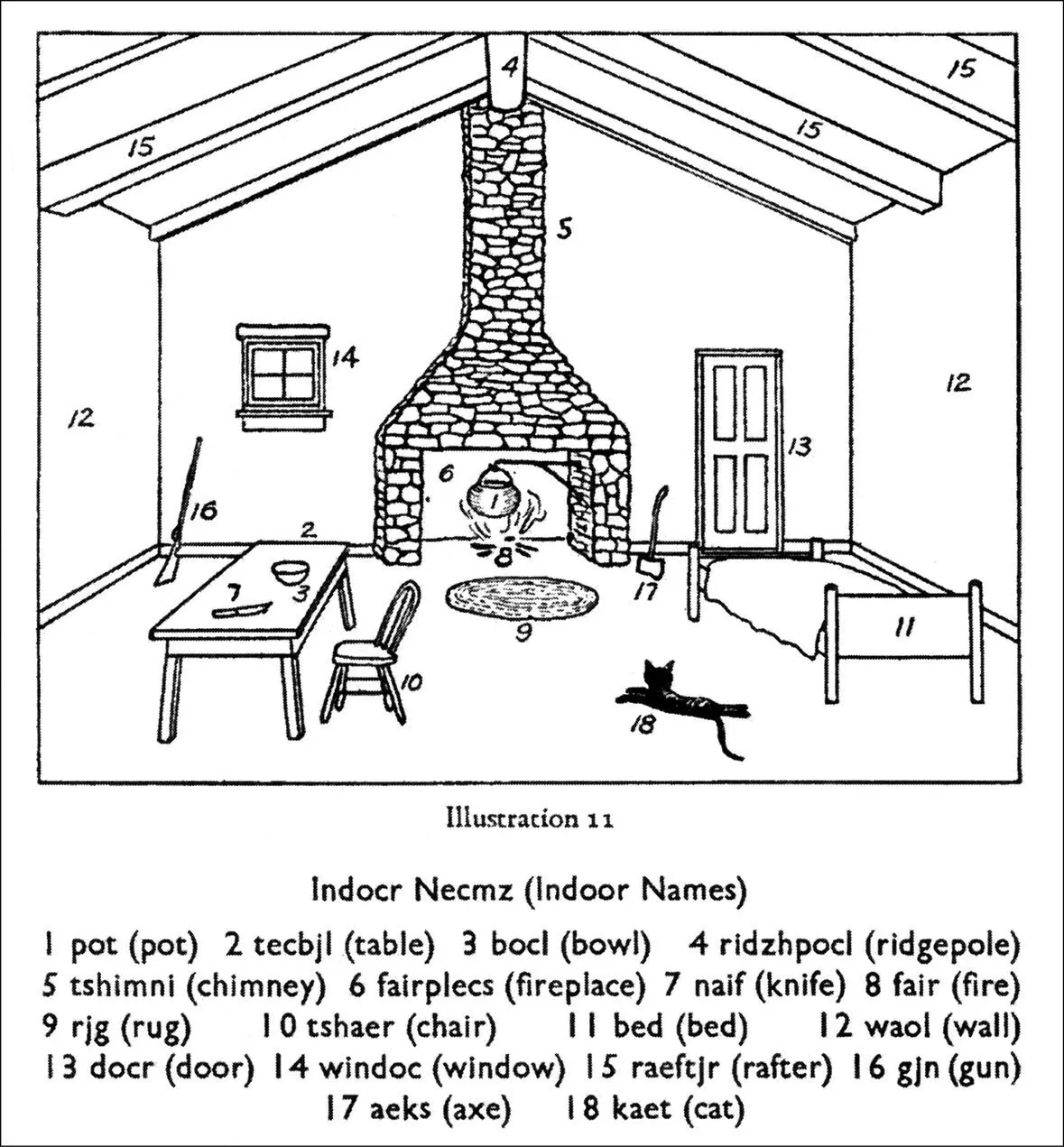
Credit 9.2
Any effort of this kind confronts a bootstrap problem. The “Key to the English Language” is written, perforce, in English. It uses printed words to explain pronunciation. It specifies sounds in terms of human anatomy. What will our hypothetical future folk make of this: “English has eight vowels (or sounds whose hemming amounts to mere cavity-shape resonance)”? Or this: “The vowel with highest raised back of the tongue, that is, nearest to the k consonant position, is u; the vowel with the highest raised middle of the tongue, that is, nearest to the y consonant position, is i ”? Who knows where their glottises will be, anyway, or whether those will have gone the way of gills?

Credit 9.3
The Westinghouse authors also imagined that librarians could continually retranslate the book to keep up with linguistic evolution. And why not? We still read Beowulf. They beseeched whomsoever: “We pray you therefore, whoever reads this book, to cherish and preserve it through the ages, and translate it from time to time into new languages that may arise after us, in order that knowledge of the Time Capsule of Cupaloy may be handed down to those for whom it is intended.” They would be glad to know that already, as of the twenty-first century, the book is back in print, copyright having been waived: available for around ten dollars from print-on-demand publishers, for ninety-nine cents in an Amazon Kindle version, and widely free online. On the other hand, libraries, short of space, have been “deaccessioning” their copies. Mine once belonged to Columbia University; later it made its way to a used-book dealer in Cleveland, Ohio. Are the librarians forsaking their duty to the future? No, they are fulfilling it, by continually choosing what to keep and what to let go. “We shed as we pick up, like travelers who must carry everything in their arms,” says Septimus in Tom Stoppard’s Arcadia, “and what we let fall will be picked up by those behind. The procession is very long and life is very short. We die on the march. But there is nothing outside the march so nothing can be lost to it. The missing plays of Sophocles will turn up piece by piece, or be written again in another language.”
Читать дальшеИнтервал:
Закладка:
Похожие книги на «Time Travel»
Представляем Вашему вниманию похожие книги на «Time Travel» списком для выбора. Мы отобрали схожую по названию и смыслу литературу в надежде предоставить читателям больше вариантов отыскать новые, интересные, ещё непрочитанные произведения.
Обсуждение, отзывы о книге «Time Travel» и просто собственные мнения читателей. Оставьте ваши комментарии, напишите, что Вы думаете о произведении, его смысле или главных героях. Укажите что конкретно понравилось, а что нет, и почему Вы так считаете.

